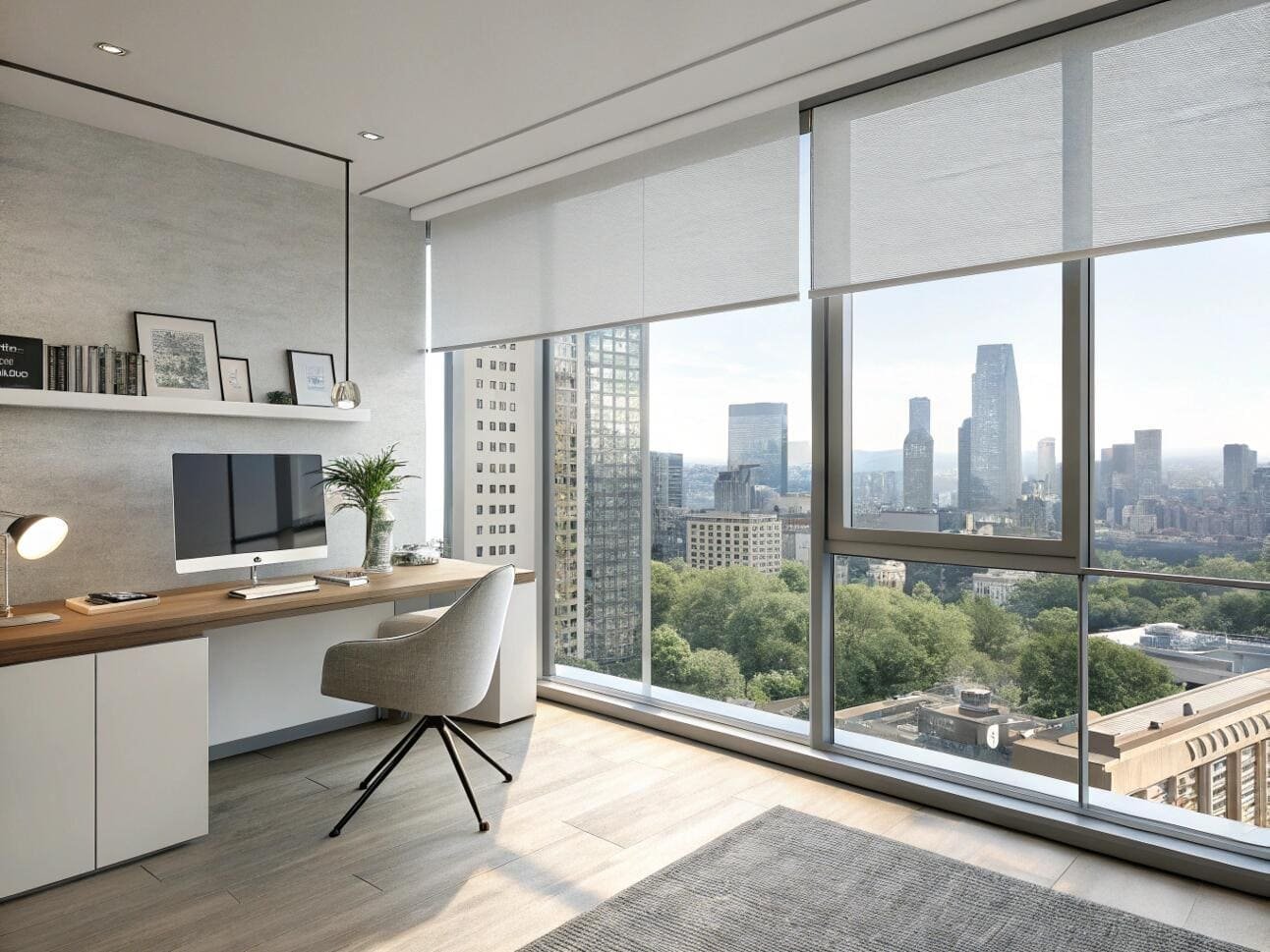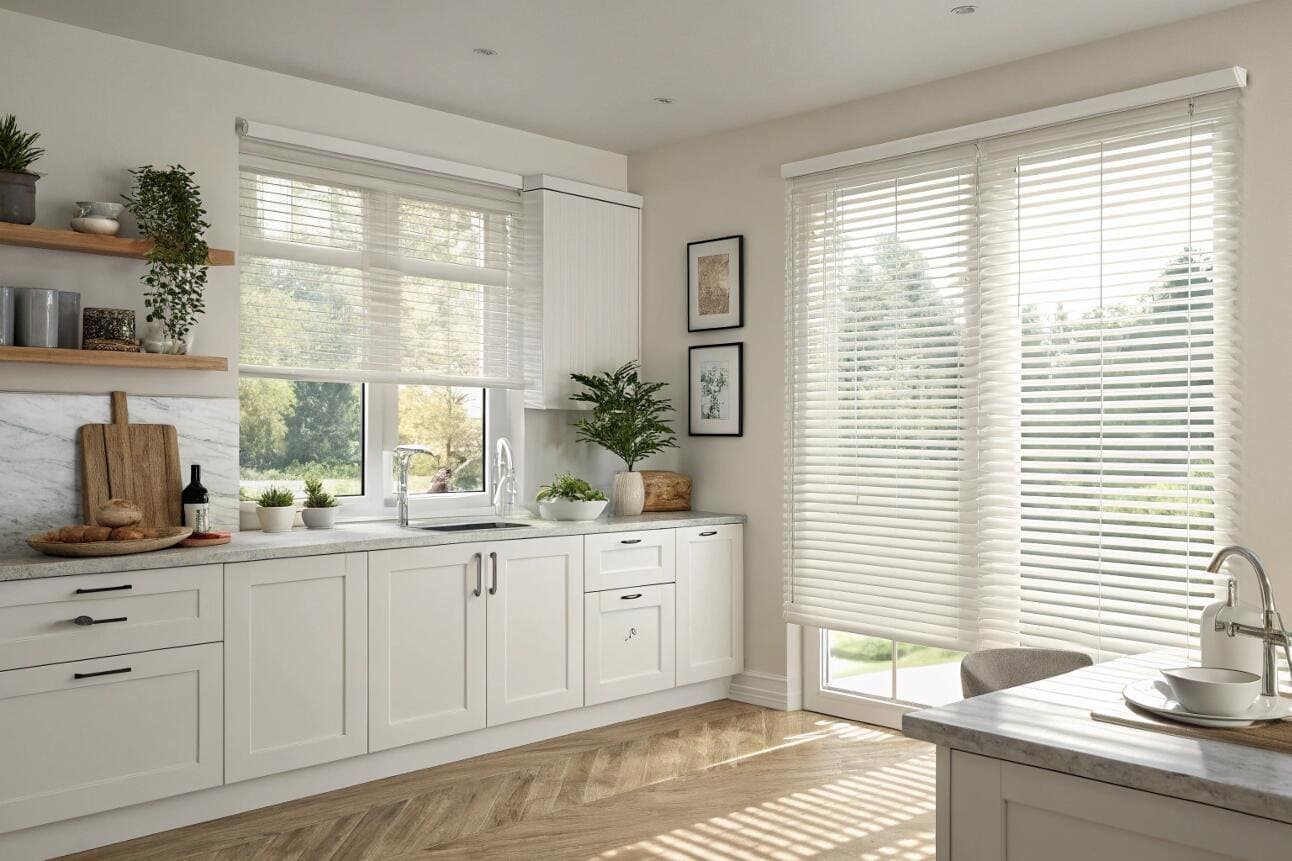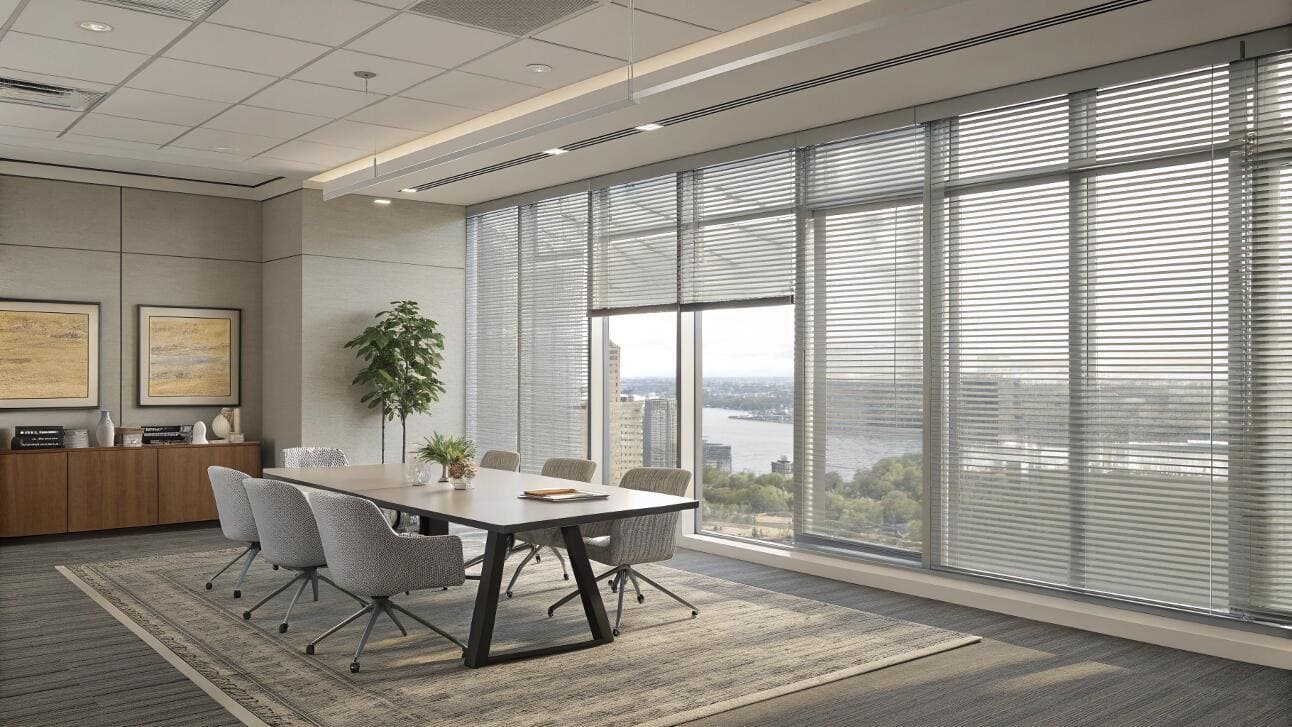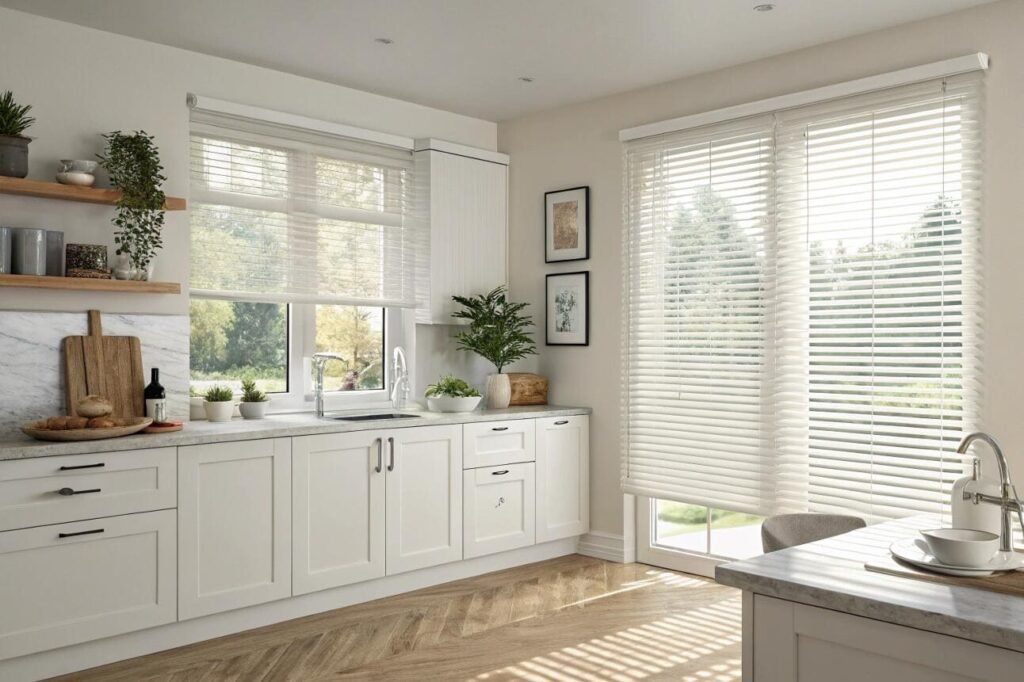You need to source window treatments, but the terms "blinds[^1]" and "shades[^2]" are used interchangeably. Specifying the wrong one can mean failing to meet your client’s needs for privacy, light control, and modern style.
Blinds and shades are not the same. Blinds are hard window coverings made of adjustable slats (or vanes) that can be tilted. Shades are soft window coverings made from a single, continuous piece of fabric.

As someone who works with these products every day, I can tell you this distinction is crucial. For a design professional like Emma, knowing when to specify a blind over a shade (or vice-versa) is fundamental to a successful project outcome. It’s the difference between delivering generic coverage and providing a truly functional, tailored solution. Let’s look at the core differences so you can choose with confidence.
Why do blinds offer superior light control and privacy?
Your client wants to brighten the room without sun glare on their screens, a task that seems impossible. A simple shade offers only "on" or "off," but a blind seems to offer more nuance.
Blinds provide superior control because their individual slats can be tilted to any angle. This lets you precisely redirect light and fine-tune your view, a level of control a single piece of fabric cannot offer.

The genius of a blind is in its moving parts. While a roller shade simply covers or uncovers a window, a blind gives you a third option: tilting. You can angle the slats to bounce natural light up onto the ceiling, illuminating an entire room indirectly and avoiding harsh glare on TVs or computer screens. You can also tilt them slightly downward to maintain a view of the outside while preventing people from looking directly in. This granular control is impossible with a standard roller shade, which is either up (full light, no privacy[^3]) or down (one set level of light filtering, full privacy). This makes blinds a more dynamic and functional tool for managing a room’s environment throughout the day.
Are blinds or shades more modern in 2025?
You’re aiming for a sleek, contemporary aesthetic. You fear that classic Venetian blinds[^4] might look dated, and that a fabric shade is the only truly modern choice for your project.
Both blinds and shades can be modern, but motorized blinds often deliver a more high-tech, functional aesthetic. Modernism values both the minimalism of shades and the precise, automated control that smart blinds provide.

The definition of "modern" has evolved. While the clean, uninterrupted surface of a roller shade fits perfectly with a minimalist design, a key part of modern living is also smart technology and automation. In this area, blinds excel. A sleek set of motorized aluminum blinds that silently tilts in unison creates a powerful, sophisticated effect that feels incredibly contemporary. Furthermore, hybrid products known as "magic blinds" or zebra shades, which combine alternating sheer and solid fabric bands on a roller, offer a new, modern way to blend the features of both. Ultimately, the modern look comes down to the material, finish, and operating system you choose. Don’t dismiss blinds as traditional; with the right specification, they are at the forefront of modern window treatment design.
What window covering lets you see out but not in?
Your client wants to enjoy their outside view during the day without feeling exposed. They’re asking for a "one-way mirror" effect, and you need to specify a product that delivers.
Specially woven sunscreen fabrics, used most often in roller shades, are designed to do this. During the day, they allow you to see out while blocking people from seeing in, though this effect reverses at night.

This effect works because of a light differential. The tightly woven fabric appears reflective and opaque from the brighter, sunlit exterior, but transparent from the darker interior. It’s a fantastic solution for daytime privacy in offices or street-facing homes. However, it’s critical to explain to your client that this privacy shield disappears at night. When you turn lights on inside and it’s dark outside, the effect reverses, and outsiders can see in. For a similar effect with blinds, you can tilt the slats so that the line of sight from the outside is blocked, but you can still peek through from an angle inside. True "magic" one-way visibility doesn’t exist yet, but a quality sunscreen fabric is the closest technology we have.
Why are blinds the top choice for large commercial projects?
You’re outfitting an entire office building and need a durable, functional, and cost-effective solution. While fabric shades are an option, blinds seem to dominate the commercial landscape.
Blinds are preferred for commercial projects due to their durability, superior light control to reduce screen glare, ease of maintenance, and cost-effectiveness when scaled across hundreds of windows.

When specifying for commercial spaces like offices or healthcare facilities, the criteria are different from a single residence.
| Feature | Why Blinds Win | Why It Matters Commercially |
|---|---|---|
| Durability | Aluminum and PVC are tough and easy to clean. | High-traffic areas need products that resist wear and can be easily sanitized. |
| Light Control | Tilting slats eliminate employee screen glare. | Worker comfort and productivity are directly linked to environmental factors like light. |
| Maintenance | Damaged slats can sometimes be replaced individually. | Lower long-term maintenance costs compared to replacing an entire stained shade. |
| Cost | Favorable price point for large orders. | Budget is a primary driver in large-scale installations. |
| Humidity Resistance | Aluminum/PVC blinds are impervious to moisture. | Ideal for bathrooms and kitchens, where fabric shades can warp or grow mildew. |
For these reasons, the humble Venetian blind remains the workhorse of the commercial world. It provides a level of practical performance and long-term value that is hard for fabric shades to match in a demanding environment.
Conclusion
Blinds and shades serve distinct purposes. Blinds offer unparalleled, precise control over light and privacy through their tilting slats. Shades provide minimalist simplicity with a single sheet of fabric. Choosing the right one is key to your project’s success.
---
[^1]: Explore the advantages of blinds, including light control and privacy, to make informed decisions for your space.
[^2]: Understanding the differences between shades and blinds can help you choose the right window treatment for your needs.
[^3]: Learn about window treatments designed specifically for privacy, ensuring your space remains comfortable and secure.
[^4]: Explore the contemporary appeal of Venetian blinds and how they can fit into modern interior design.Partner with VelaBlinds for Your Next Project
Smart window treatments shouldn’t be complicated. After working with 500+ distributors and contractors worldwide, I’ve streamlined the process to get you quality products, competitive pricing, and reliable support – every time.
Why project professionals choose VelaBlinds:
- ✅ Fast, Accurate Quotes – Detailed specs and pricing within 24 hours
- ✅ Transparent Pricing – No hidden fees, volume discounts clearly outlined
- ✅ Quality Assurance – Direct partnerships with certified OEM manufacturers
- ✅ Project Support – Dedicated account manager from quote to delivery
Start your next project:
📧 Quick Quote: Send your requirements to info@velablinds.com
📱 Direct Contact: WhatsApp +86 137 2012 8317
🌐 Browse Solutions: https://velablinds.com/
📁 Product Resources: Access spec sheets, catalogs & project files
Paul Chen, Founder
"I built VelaBlinds to solve the real challenges I faced as a project buyer – long lead times, unclear specs, and unreliable suppliers. Let’s discuss how we can power your projects with smarter blinds."
Serving distributors and contractors across North America, Europe, and Australia since 2018.





